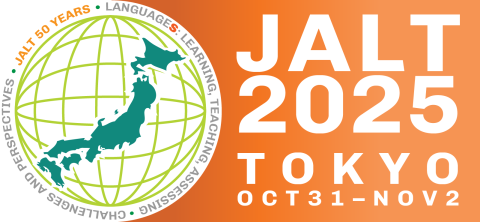English-medium instruction (EMI) is a growing trend in Japan, but it is not entirely new. This paper surveys the history of EMI in Japan to provide insight into the current context. In the Meiji era, as Japan was establishing its first higher education institutions, EMI was the norm, with most university posts occupied by foreign academics. However, by the end of the 19th century, English shifted from the medium of instruction to an object of study. Following World War II, EMI reemerged, though it was not widespread until the 1990s when it became part of efforts to diversify the international student body and maintain parity with partner schools abroad. EMI now has a dual role, both attracting international students and serving domestic students as a part of global jinzai strategies. Though EMI is spreading quickly, it is limited, serving a minority of students at approximately 40% of universities in Japan.
日本では、英語による教育(EMI)への人気が高まりつつあるが、この人気は突然振って湧いたようなものではない。本論では、日本におけるEMIの歴史を調査し、現在の状況への手がかりを提供する。明治時代に日本の高等教育の先駆けともなった学校が次々と設立され始めると、EMIが一般的となり、大学の授業は外国人教員が担当するのが通例となった。しかし、19世紀末までには、英語は教えるためのツールから学習の対象という位置づけに変化する。第二次世界大戦後の日本では、再びEMIが脚光を浴びたが、日本中に広まったのは、1990年代になってからのことだった。この頃のEMIは、大学内での留学生数の増員と多様化を実現し、海外の協定校と均衡を保つための取り組みでもあった。21世紀に入ると、優秀な留学生へのアピールだけでなくグローバル人材育成戦略の一環として国内の学生の需要に応えるという二つの役割を果たすことになる。急成長しつつあるEMIではあるが、実施している機関はいまだ限定的で、EMIの授業を受けている学生は国内大学の約40%にしか満たない。


